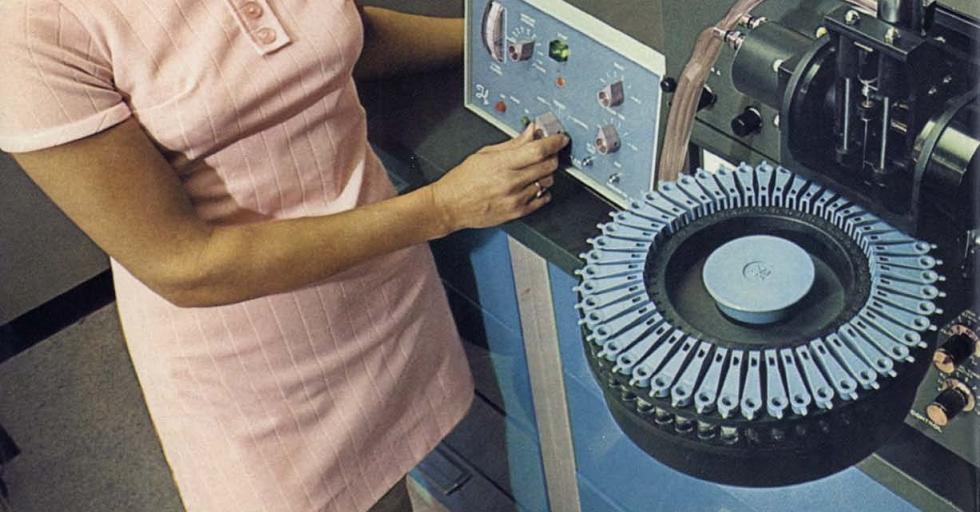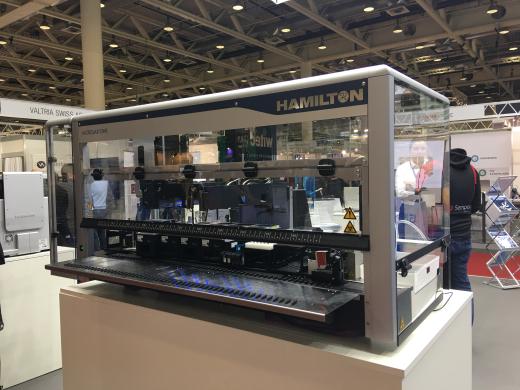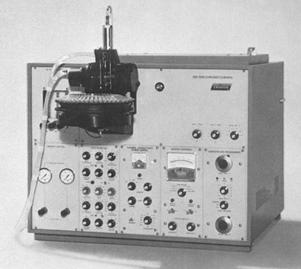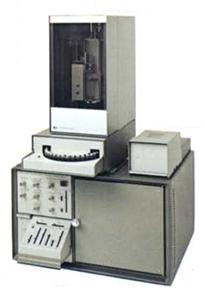
share
What is an autosampler?
What is not an autosampler
There are many other examples of automation for the analytical laboratory. Although there may be many similarities, typically these solutions are not mainly focusing on the delivery of a series samples to an analytical instrument. One example of other types of laboratory automation equipment are large pipetting robots and other liquid handling robots. More information about this kind of lab automation can be found at https://en.wikipedia.org/wiki/Liquid_handling_robot

Typical construction
An autosampler is typically built up using the following components.
1. A container, often referred to as tray, where multiple samples can be stored
2. A mechanism to collect the sample, often a syringe or a needle with holding loop
3. A mechanism that can transport the sample from the tray to the analysis instrument
4. A contraption to clean/prepare the sample collecting mechanism for a next sample
Early history
Chemical analysis has been around for a long time. It was only in the 50’s of the last century when fundamentally new techniques started to emerge that we still find in almost all modern laboratories today. Daily practice in the analytical lab changed from traditional determination of chemical substances (titration, pH measurements, etc.) to techniques like GC, HPLC, Elemental Analysis, Mass Spectroscopy and many others.

In the 60’s these new techniques became more mature and started to find their way into mainstream qc laboratories where there was a constant stream of samples to be analyzed.
In order to utilize the expensive lab instruments more efficiently, automation was required to process samples outside normal business hours while increasing the quality of the analyses.
In the early and mid 70’s laboratory instrument started to use computer chips to operate the instruments in a more precise and automated way. Before this time, analytical instruments, such as gas chromatographs, were based on simple control electrics rather than electronics. The introduction of more sophisticated electronics and computing power opened the door for automating the sample introduction.

Tracor 500 GC with Hamilton Sampler (1972)

Hewlett Packard Series 5700 GC with 7671A Sampler (1970)
Advantages
There are two main reasons why autosamplers are used.
- Efficiency, because many samples can be processed without interference of lab personnel.
- Quality, because human error and inconsistent sample introduction is ruled out to a large extent.
In a modern lab where many routine analyses take place, almost all analytical instruments will be equipped with an autosampler, unless there is no possibility to process the sample automatically.
